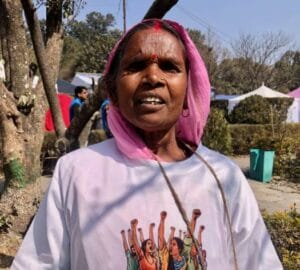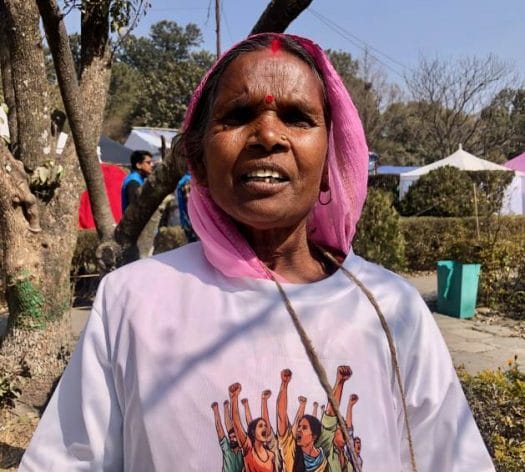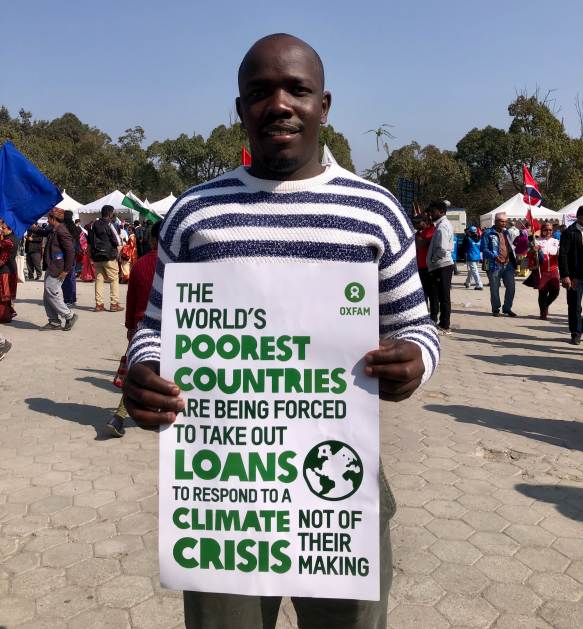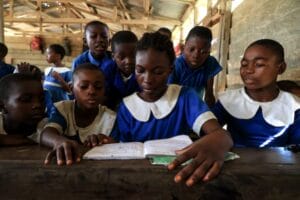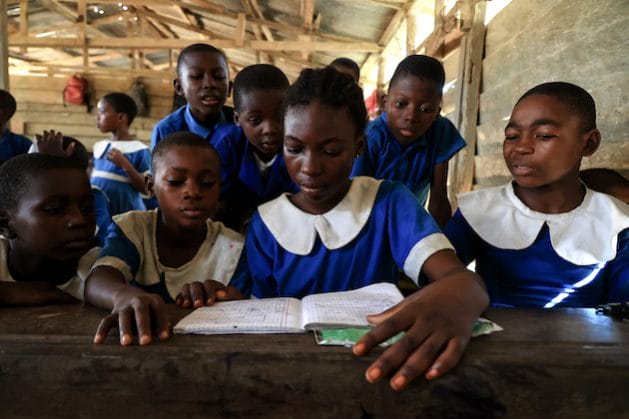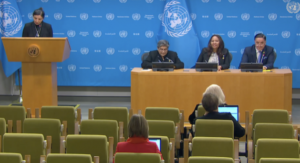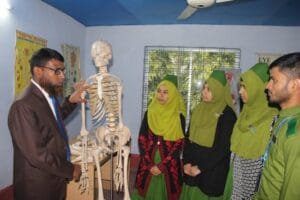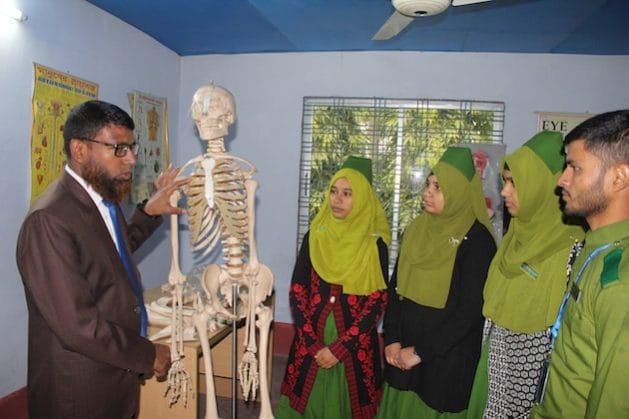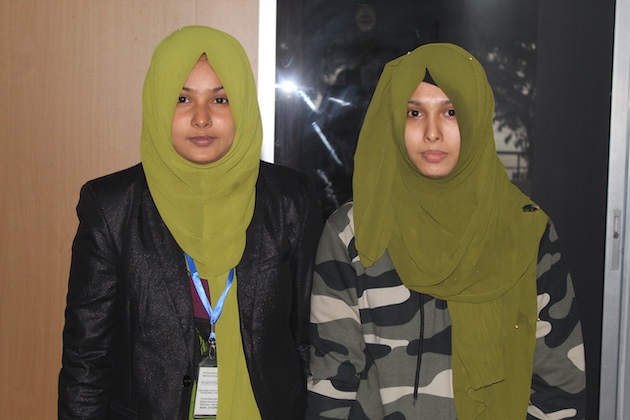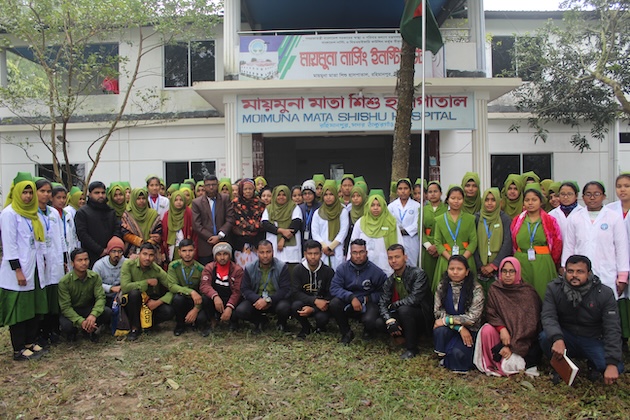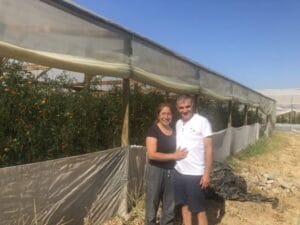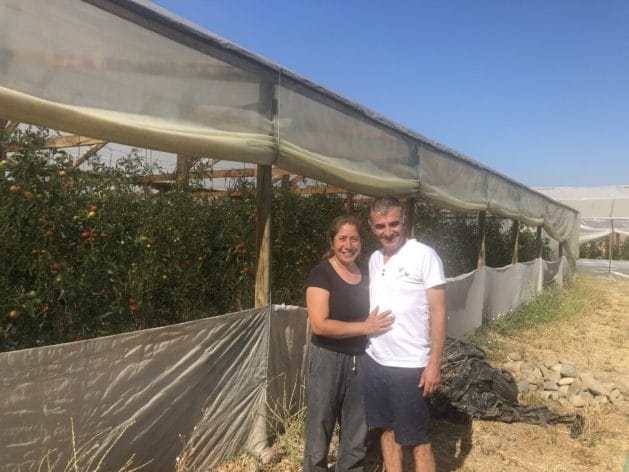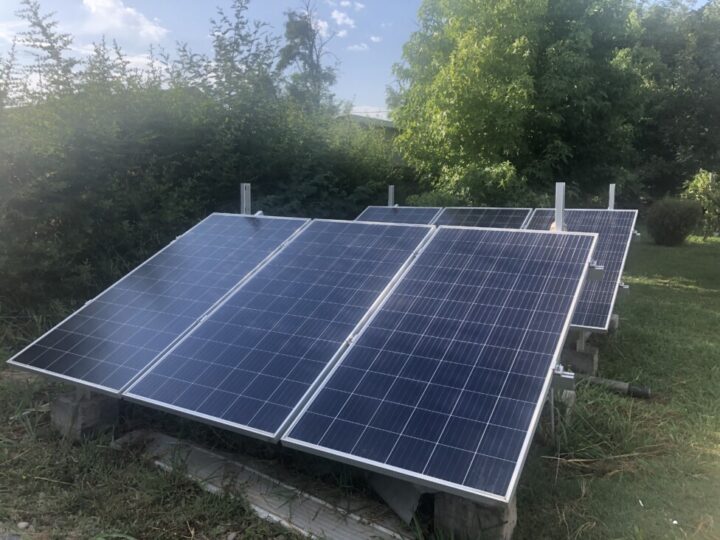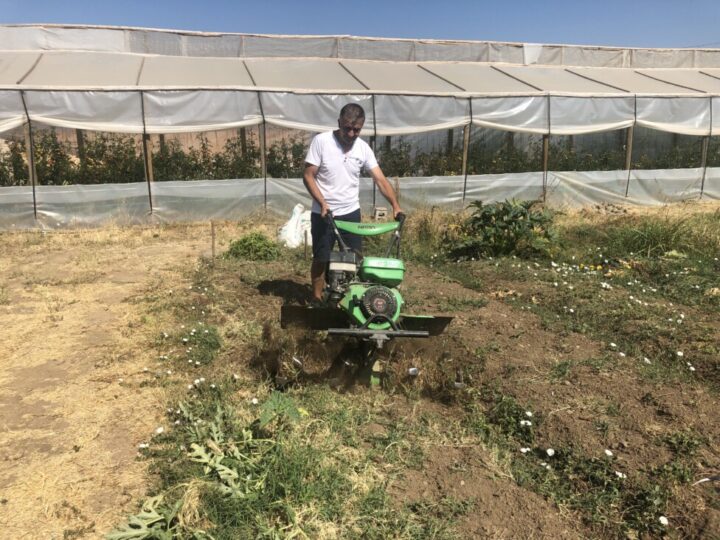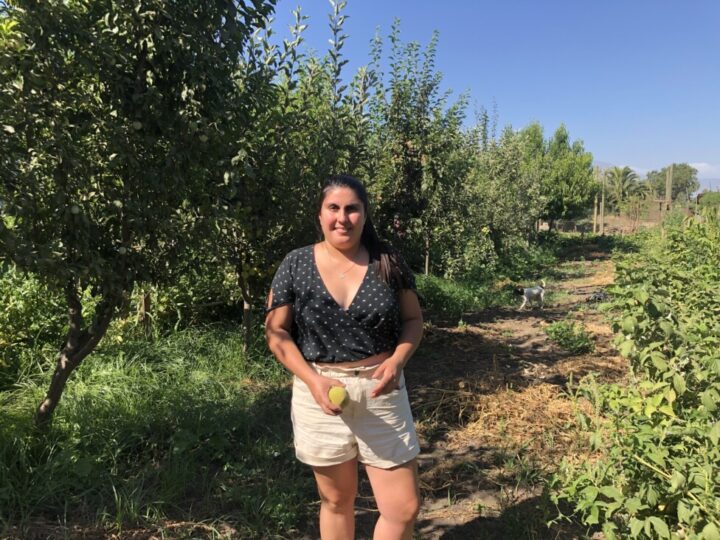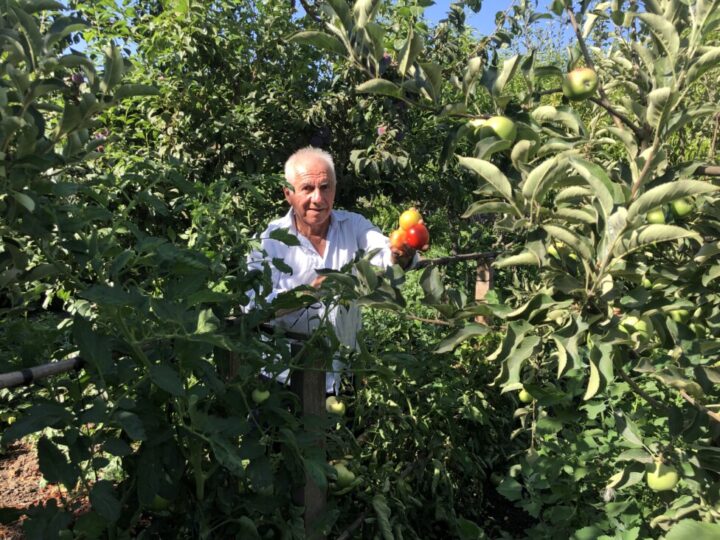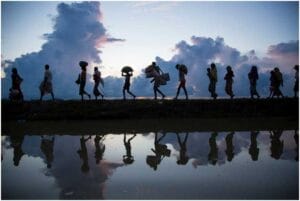
Active Citizens, Africa, Civil Society, Development & Aid, Editors’ Choice, Featured, Global, Headlines, Human Rights, Humanitarian Emergencies, Inequality, Migration & Refugees, TerraViva United Nations
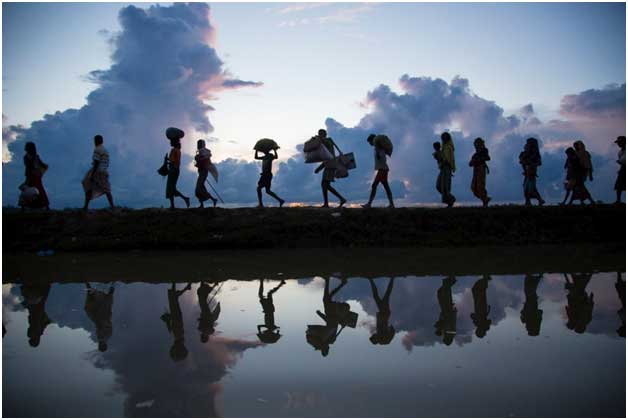
The African Unions Migration Policy Framework for Africa (2018-2030) provides guidelines to manage migration and reap the benefits of well managed migration which contribute to global prosperity and progress. Credit: UNHCR
– Amid an escalation of global conflict and climate change-induced displacements, the International Organization for Migration (IOM) is escalating its donor campaign.
For the first time since the organization’s formation in 1951, the IOM says it is “proactively approaching all partners to fund this vital appeal,” at a time when the number of migrants making perilous intercontinental journeys has increased.
“Irregular and forced migration have reached unprecedented levels and the challenges we face are increasingly complex,” said IOM Director General Amy Pope at the launch of the Global Appeal in Geneva in January.
It added to its appeal this week, asking for USD 112 million to provide urgent humanitarian and development assistance to over 1.4 million migrants and host communities in the Horn of Africa, Yemen, and Southern Africa. Routes from the Horn of Africa to Yemen and the Gulf States, and the Southern route from the Horn of Africa through Kenya and Tanzania to Southern Africa, are among the most dangerous, complex, and under-reported migratory routes in the world. In 2023, nearly 400,000 movements were recorded across the Eastern route, while an additional 80,000 movements were recorded on the Southern route, particularly to South Africa, the statement read.
“The evidence is overwhelming that migration, when well managed, is a major contributor to global prosperity and progress. We are at a critical moment in time, and we have designed this appeal to help deliver on that promise. We can and must do better,” Pope said at the launch.
The IOM has broken down the appeal as follows:
- USD 3.4 billion for work on saving lives and protecting people on the move.
- USD 2.7 billion for work on solutions to displacement, including reducing the risks and impacts of climate change.
- USD 1.6 billion for work on facilitating regular pathways for migration.
- USD 163 million for work on transforming IOM to deliver services in a better, more effective way.
“Full funding would allow IOM to serve almost 140 million people, including internally displaced people and the local communities that host them. Crucially, it would also allow for an expansion of the IOM’s development work, which helps prevent further displacement,” the IOM said in a media briefing.
However, experts and researchers say the global migration that has peaked in recent years has deeper, more complex roots that will require more than just responding to after the fact.
“What we’re seeing is a willingness from officials and citizens to thoroughly dehumanise migrants,” said Loren Landau, professor and chair at the University of Witwatersrand African Centre for Migration and Society.
“Not only can they be left to suffer, but they should be made to suffer. Only by doing this can ‘we’ send a message that others are unwelcome. The policies of the EU, Australia, and even South Africa are all designed to broadcast this sentiment,” Landau told IPS.
The IOM estimates that there are more than 140 million displaced people, and it’s global appeal for donor support will “save lives and protect people on the move, drive solutions to displacement, and facilitate safe pathways for regular migration.”
Thousands continue to make efforts to illegally enter Europe and the USA with assistance from traffickers,.
According to the IOM’s Missing Migrants Project, 60,000 people have died or disappeared on perilous journeys to seek economic opportunities over the last nine years.
Migration has in recent years become a political hot button, with right-wing political parties in Europe accused of whipping up public sentiment against migrants.
However, Landau says global inequality has worsened the displacement of millions of people.
“Migration has long been a crisis, although it has often been framed differently. There have always been displaced people. There has long been violence and corruption on the border. However, it has now moved from the edge of public debate to the centre,” Loren said.
“Global inequality, labour demand, conflict, and environmental factors are encouraging people to move, but movement is natural,” he told IPS.
Claims that migrants steal jobs from locals and force governments to divert social spending to accommodate migrants have fueled anti-immigrant sentiment.
Researchers, however, have always questioned those claims as the IOM ups its efforts to assist migrants in their new domiciles.
“Migrants are generally not why fewer people have secure employment, social protection, or feel their cultures and values are under threat. But in light of those anxieties, migrants have become the fetish on which politicians and the public fixate,” Landau added.
In its appeal for donor funding, the IOM says well-managed migration “has the potential to advance development outcomes, contribute to climate change adaptation, and promote a safer and more peaceful, sustainable, prosperous, and equitable future.”
“The consequences of underfunded, piecemeal assistance come at a greater cost, not just in terms of money but in greater danger to migrants through irregular migration, trafficking, and smuggling,” said Pope.
“Getting the job done requires greater investment from governments, the private sector, individual donors, and other partners,” said Pope.
The African Union, which has seen the bulk of global migration, says the continent has witnessed changing patterns of migration, “a phenomenon that has become both dynamic and extremely complex.”
As part of efforts to address this and in what is expected to aid the work being done by the IOM, the AU set up the Migration Policy Framework for Africa (2018–2030).
The Framework provides “guidelines to manage migration in a coherent manner and therefore reap the benefits of migration.”
Those benefits are captured in IOM findings that “281 million international migrants generate 9.4% of global GDP.”
Despite the dangers that have come to define migrant experiences, especially on the high seas, the factors that drive millions to leave their homelands remain unresolved.
“There are immediate practical concerns about ensuring people can migrate safely,” said Landau.
“Beyond this, there is a broader need to recalibrate how we speak about these issues. Migration is not going anywhere so there’s a need to shift the framing from one of crisis to one of ‘the new normal’, Landau told IPS.
IPS UN Bureau Report

